Xreal already offers some of the best smart glasses in the Xreal Air 2 and today, the company announced two new smart glasses that may knock the Air 2s off the proverbial throne.
The Xreal One Series introduces a number of upgrades to it's glasses lineup, including a newly developed X1 chip that powers "independent spatial computing." The X1 enables the glasses to connect to any USB-C device creating a spatial display for gaming, work, apps and websites.
I got to give the new Xreal One and Xreal One Pro a test run a couple of weeks ago and they are impressive. We'll have a full review in the coming weeks, but here's what's new and more of my thoughts.
X1 Chip

Previously, Xreal smart glasses the like Air 2 need an accessory like the expensive Xreal Beam Pro that lets them access and create spatial displays for devices, especially ones that feature USB-C connectors with video out.
The X1 essentially takes that capability and puts it in the glasses themselves. Surprisingly, the addition of the chip doesn't really alter the way the glasses look.
"X1 powers the kind of spatial computing we’ve always envisioned and that customers have been eagerly waiting for," said Chi Xu, CEO and co-founder of Xreal.
During my test run of the One series, I was able to see the glasses connected to an iPhone 16, a Steam Deck and a MacBook. These were curated experiences but I was able to comfortably watch a YouTube video via the glasses that was outputting directly from the phone. Connecting to the MacBook enabled me to see three spatial monitors in a virtual workspace.
Both work well, with improvements to the fluidity afforded by the X1 chip and a lower latency helping especially when running a few laps in DiRT 5 on the Steam Deck. It felt very intuitive and I didn't notice any lag between the glasses and Valve's machine as I played.
Xreal says that X1 enables a "low motion-to-photon" latency of 3ms at 120Hz which is far lower than the 20ms on the currently available Air 2. And in our experience, that is especially noticeable.
Display and Design

Xreal has improved the display for the One and One Pro. Where the Air 2s offer 1080p per eye and 46-degree-field-of-view (FOV), the One features the same resolution with a 50-degree FOV with a larger display.
The One Pros have a 57-degree FOV, which Xreal says is the largest in the industry. They achieved this through a "flat-prism lens" that is different from the triangular birdbath design in the One and older Xreal glasses.
The new glasses are certainly more sleek than older Xreal glasses too, with silver banding at the temples and an interchangeable front frame for a customizable look. Alongside this, its dimensions are certainly a lot more low-profile, with the front of the glasses themselves being thinner too when compared to Air 2.
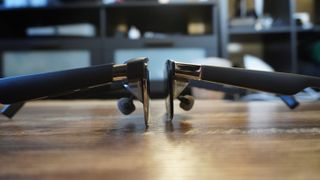
But one thing Xreal has been good to not compromise is the comfort. The Air 2 sit nicely on your face, and the One and One Pro follow suit.
The One and One Pro are listed at 84 and 87 grams (slightly heavier than the current specs). But in wearing them, I didn't feel uncomfortable with the weight, but this was only a short viewing. They did feel nicely balanced and I wasn't annoyingly aware of them like some wearable tech.
Sounds and accessories
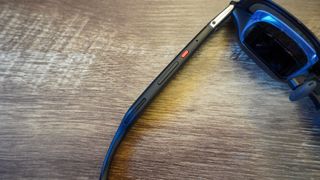
One cool feature that I got to hear was the new Bose speakers that are integrated into the arms of the glasses. The revs of the engine in DiRT 5 reverberate through the specs with impressive clarity, and the higher volume capability does mean you could listen to these on louder public transport with relative ease.
"Our audio tuning expertise creates a powerful and distinguished sound experience for the XREAL One Series. Content is more vibrant and lifelike, and we know consumers will hear the difference," Nick Smith, Senior VP of Strategy and Business Development for Bose said in the press release.
Xreal is also introducing a new RGB camera called the Xreal Eye that attaches to the bridge of the glasses. During my brief time with the glasses I tried on a pair with the camera attached and it didn't feel noticeably different. Though, I did not get to test out how the camera work with the One or One Pro.
Xreal says that the camera can capture "real-time" 12MP photos and record video up to 1080p at 60fps. Down the line, the camera will get multimodal AI features "including image recognition and communication via voice commands in unison with an AI or voice assistant coming from the glasses' host device."
It can be paired with the Xreal Beam Pro for augmented reality displays.
Availablity and price
Starting today, the Xreal One and One Pro are available for pre-order via the Xreal website.. The One will set you back $499/£449/€549 while the Pro One adds $100 starting at $599/£549/€649. There will also be bundles with the Xreal Beam Pro available.
If you want to get your hands on one of these sets, the One is supposed to start shipping in "mid-December" while the One Pro won't release until "early 2025."
More from Tom's Guide
- I tried on the latest Snap Spectacles AR glasses — and they nearly turned me into a pool shark
- I just tried Ray-Ban Meta’s latest AI updates — my favorite smart glasses just got a whole lot smarter
- I’ve worn smart glasses for over 3 years — here’s the best AR and AI glasses

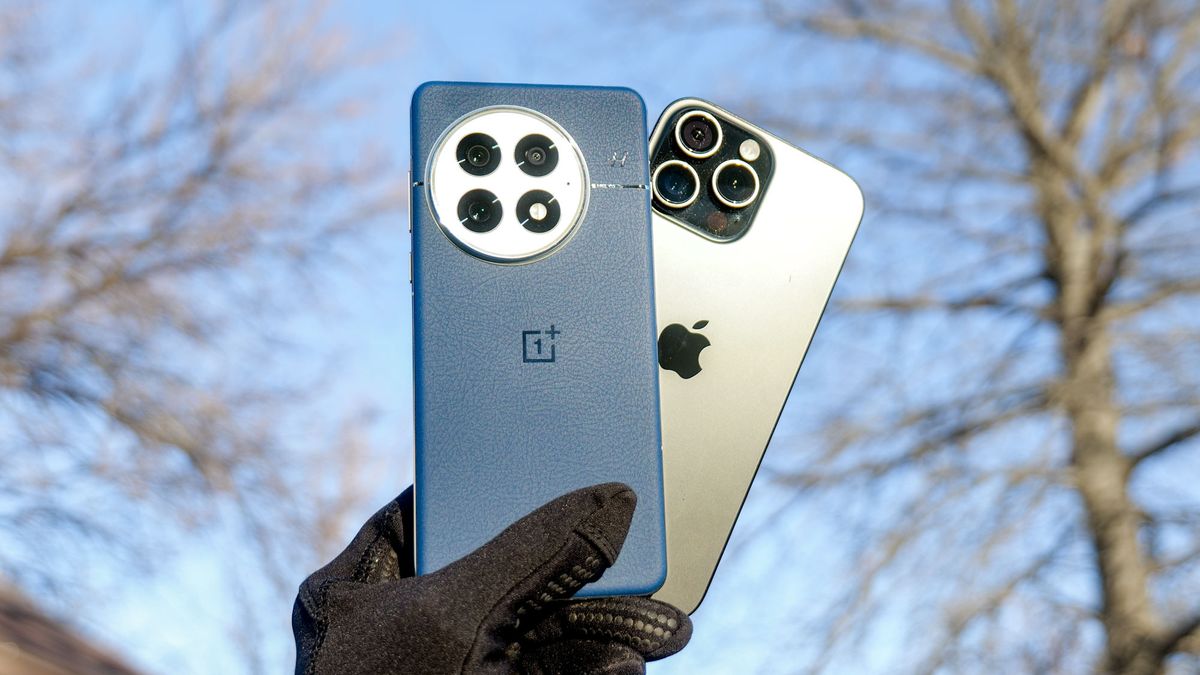
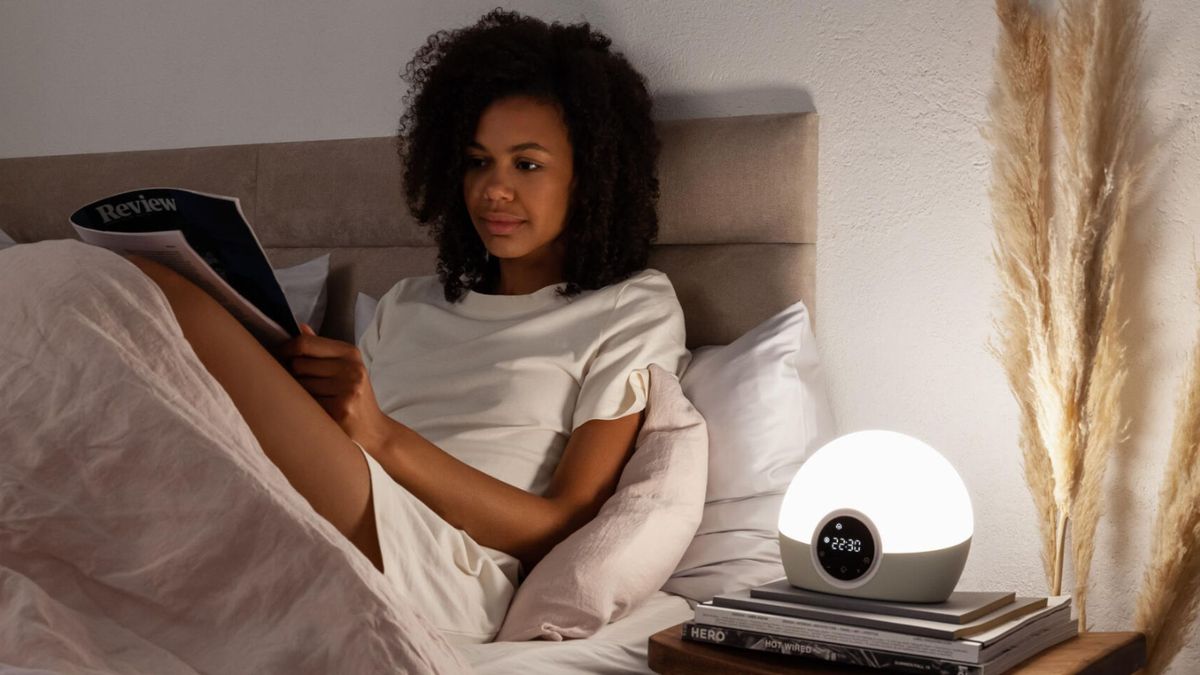



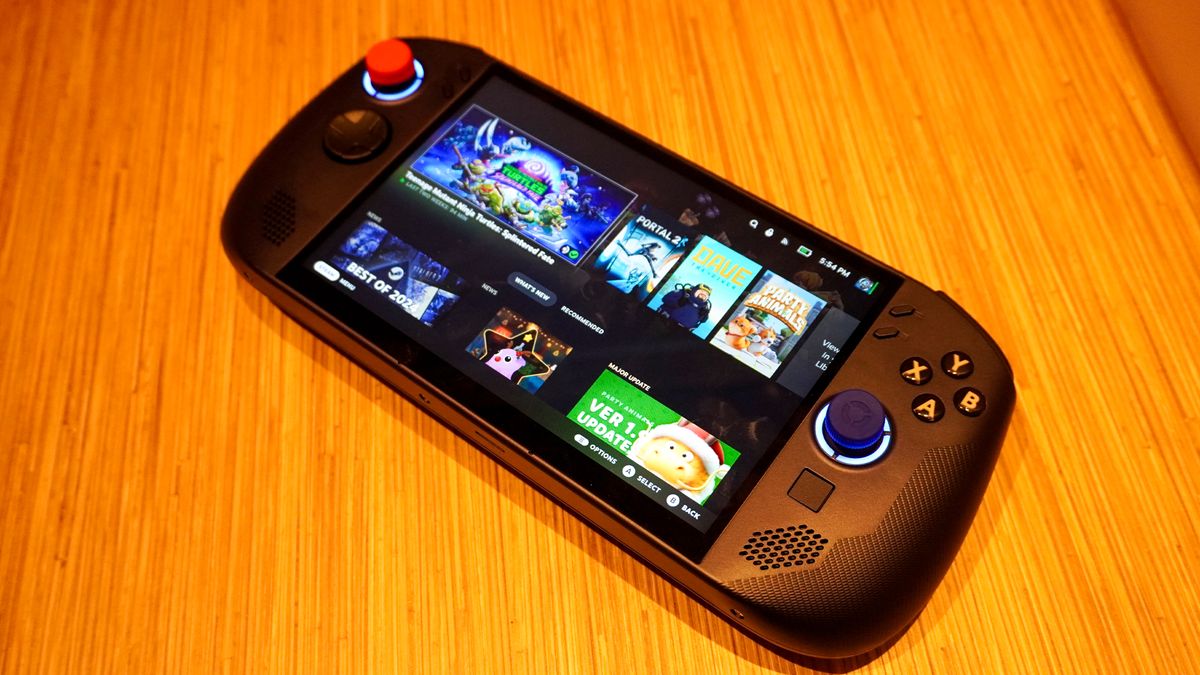

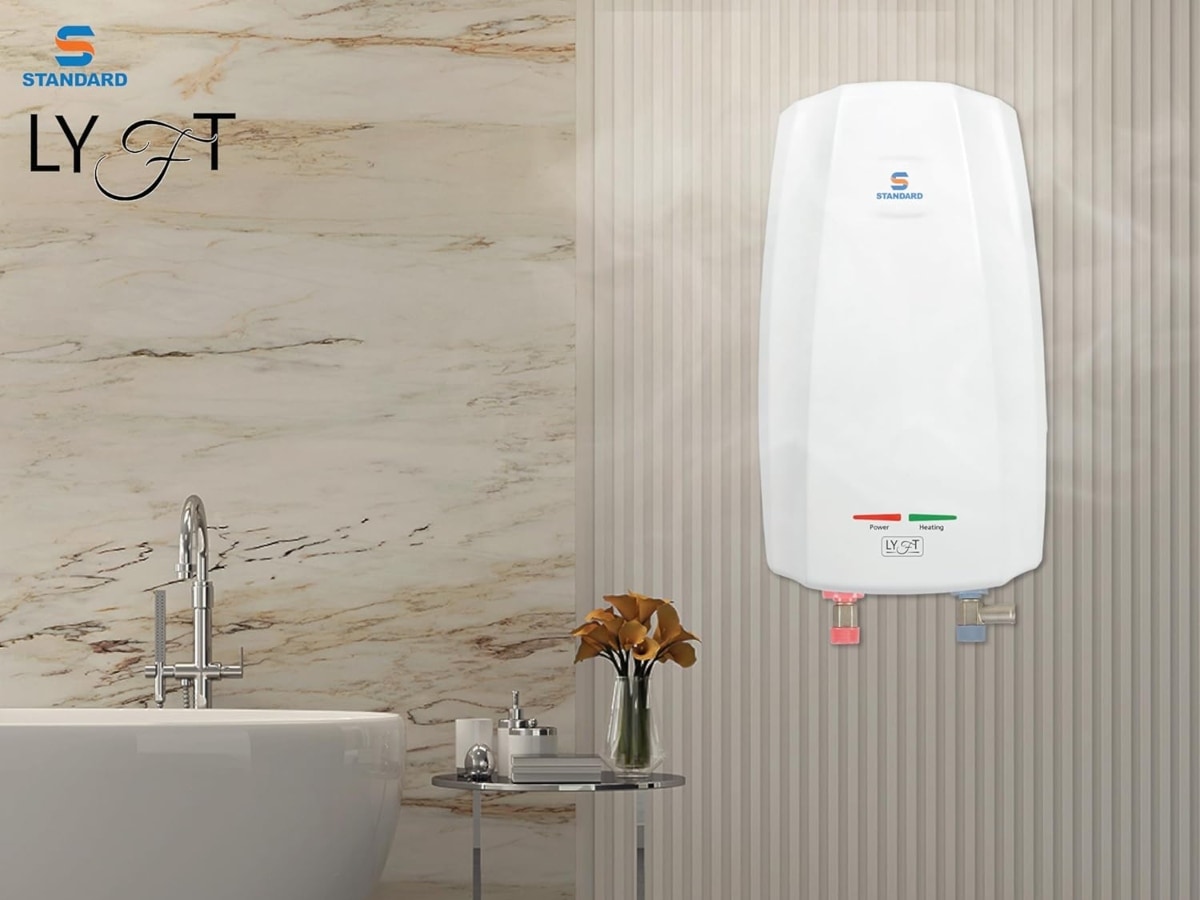


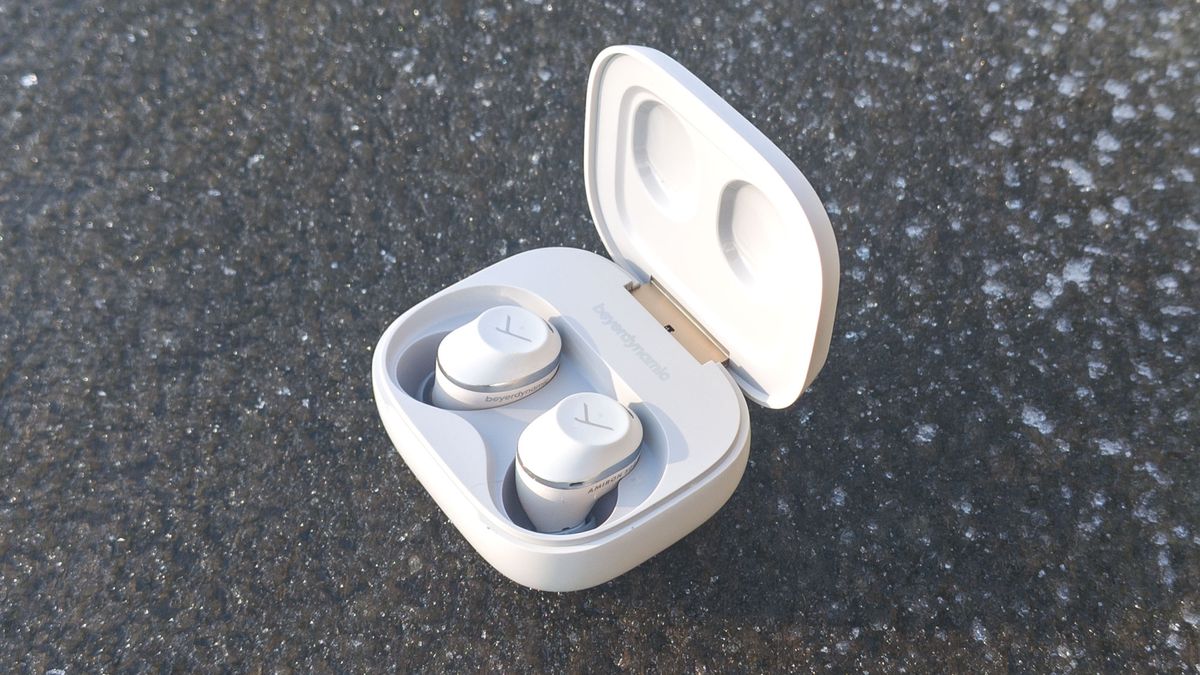








 English (US) ·
English (US) ·